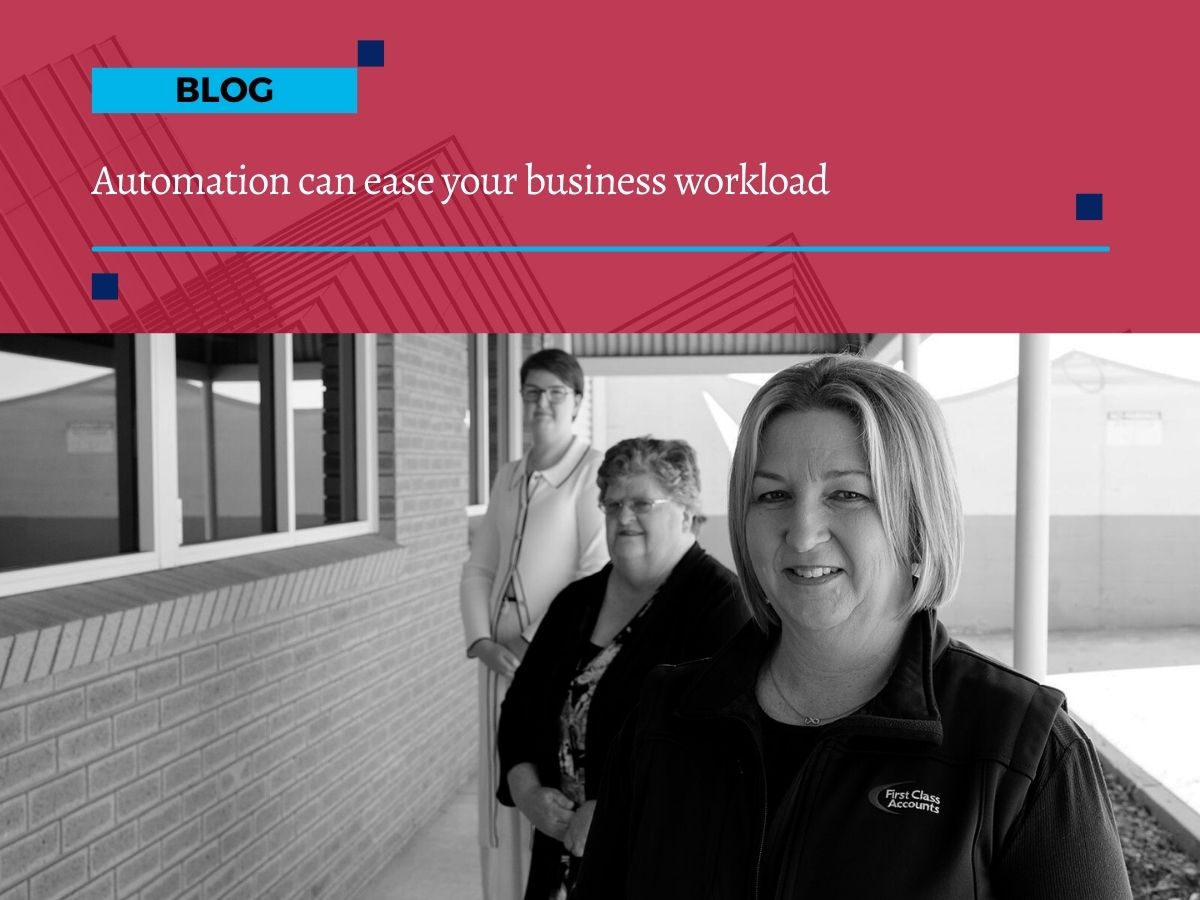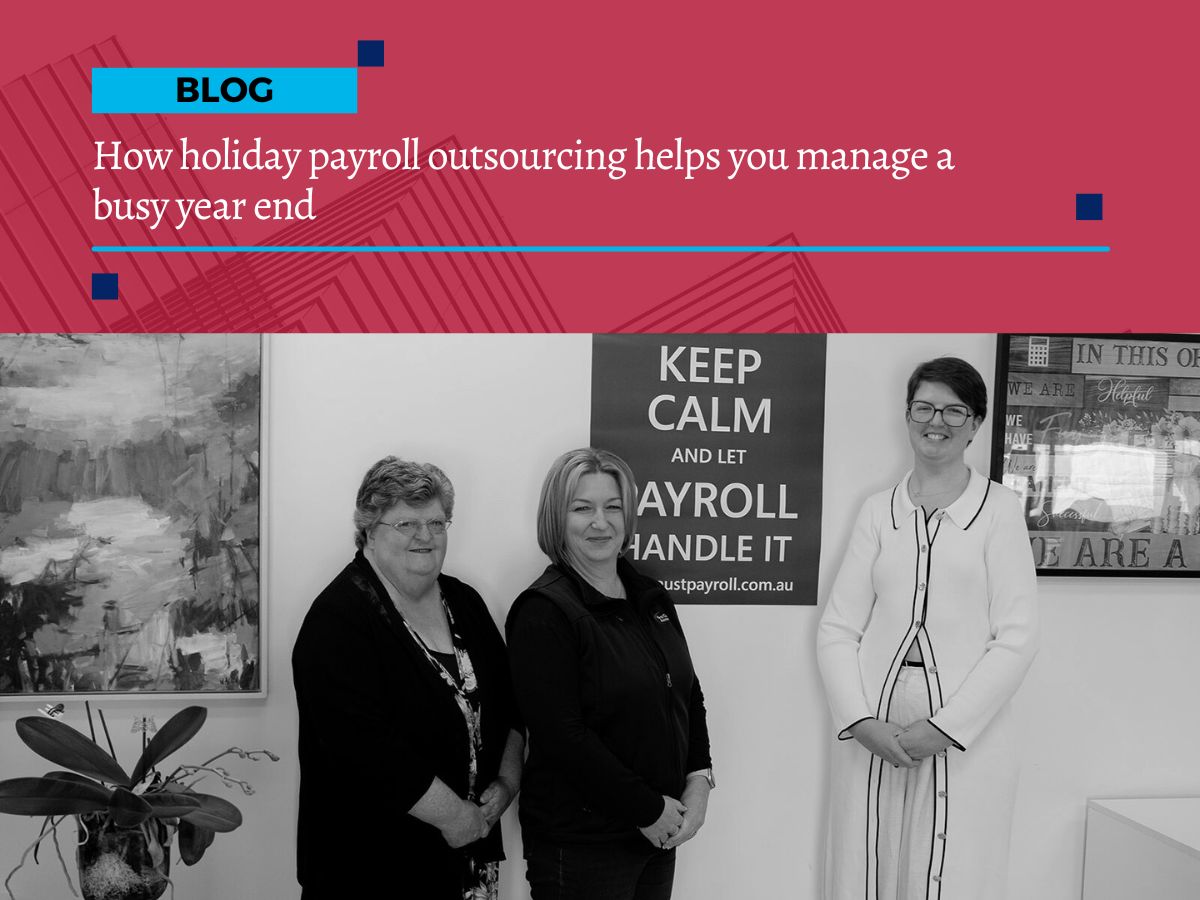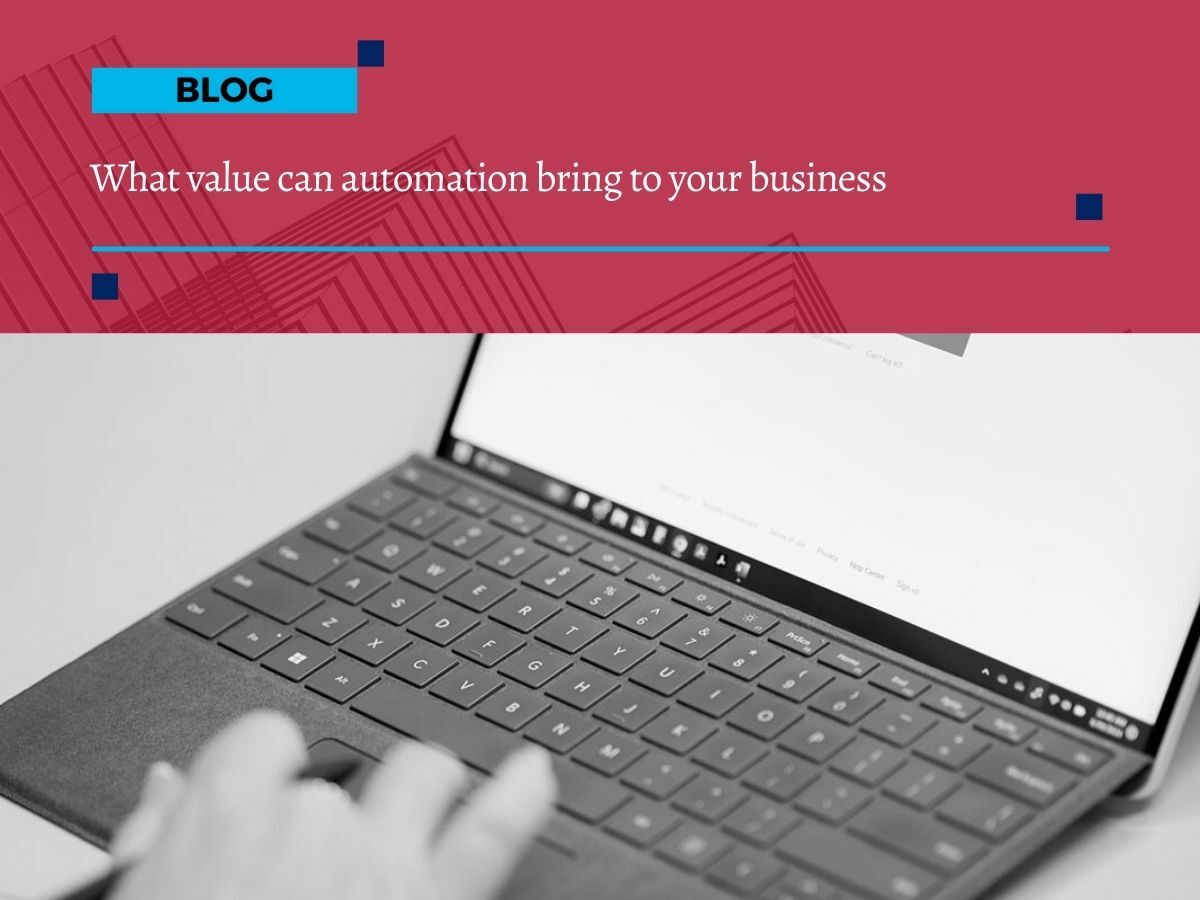
Automation can ease your business workload
Automation can ease your business workload
Small and medium-sized businesses are spending on average 120 hours a year on admin tasks, according to recent research into productivity at UK SMBs.
If your people are spending 120 hours wading through tedious and unproductive admin, that’s bad for the business and for your overall efficiency. Fortunately, technology and software automation can go a long way towards automating the low-level admin tasks.
While this research is now several years old, the underlying issue remains relevant in 2025. Many small businesses still spend significant time on manual administration, particularly around bookkeeping, invoicing, payroll processing, and reporting.
What has changed is the availability and maturity of automation tools. Businesses now have access to more connected systems than ever before. The challenge is no longer whether automation exists, but whether it has been implemented in a way that actually reduces workload without creating new problems around accuracy and compliance.
This is where structured processes and reliable bookkeeping support become critical.
Better productivity through automation
Automation is an important way to ease your business workload, with a host of different business apps and cloud solutions offering ways to automate your admin.
With ‘smart business tools’ increasing in number and choice, software is utilising automation algorithms, artificial intelligence (AI), machine learning and cognitive solutions to help remove the mundane admin tasks from your workflows.
In 2025, most businesses already use some level of automation, often without realising it. Bank feeds, invoice reminders, payroll calculations, and reporting dashboards are now standard in many systems.
However, more automation does not automatically mean better outcomes. Poorly connected apps, incorrect setup, or lack of oversight can result in duplicated data, incorrect reporting, or compliance issues that only surface later.
Productivity gains come from using the right automation in the right places, supported by regular reconciliation and review. This ensures automation reduces workload rather than shifting the work elsewhere.
Core processes that will benefit from automation
Automated bookkeeping
Just take a photo of your receipts, expenses and invoices and ‘optical character recognition’ (OCR) technology will digitise the output and pull it through into your accounts software. No data entry, no human error and no lost receipts! We can do the rest to ensure your records are accurate.
Receipt capture and OCR technology have continued to improve, making it easier for businesses to collect source documents and reduce manual data entry. This supports better record keeping and faster processing.
What automation does not remove is the need to check that receipts are valid, correctly coded, and meet ATO requirements. A bank transaction alone is still not a source document. Without proper review, automated bookkeeping can give a false sense of accuracy.
First Class Accounts Ovens & Murray supports businesses by reviewing automated data, reconciling transactions, and ensuring records are accurate, complete, and compliant. This is what turns automation into something you can actually rely on.
Automated credit control
Chasing up debts and late-paying customers takes time. Automated credit control apps track your debtor numbers and automatically sends out customised chaser emails as soon as an invoice is late. This reduces your credit control time, speeds up cash collection and cuts your aged debtor figure.
In 2025, cash flow pressure remains one of the biggest risks for small businesses. Automated reminders can help maintain consistency and reduce the emotional load of chasing payments.
For these tools to work effectively, invoices must be issued correctly and debtor balances must be accurate. If bookkeeping is behind or reconciliations are incomplete, automation may chase the wrong amounts or miss overdue invoices entirely.
When supported by regular bookkeeping, automated credit control becomes a practical way to improve cash flow confidence and reduce late payments.
Automated payment collection
The easier it is to pay you, the faster your customers will pay. Automated card payments and cloud-based Direct Debit solutions allow you to automatically take payment from a customer as soon as an invoice is due. Some solutions will even automate the invoice matching and bank reconciliation process.
Payment automation continues to be one of the most effective ways to reduce debtor days. Direct debit and card payment integrations reduce friction for customers and support more predictable cash inflows.
When implemented properly, some systems assist with payment matching, but this still requires review. Automation supports the process, it does not replace accountability.
Automated reporting and forecasting
The better your reporting and business intelligence, the easier it is to make informed decisions about your company strategy. Accounting platforms and fintech tools now offer automatic, real-time reporting and forecasting, giving you access to the important numbers and metrics, fast.
Access to real time reports is now common, but confidence in those reports is not. Automated reporting only works when the underlying data is accurate and up to date.
Businesses often have dashboards showing cash flow, profit, and forecasts, yet still feel unsure because transactions have not been reconciled or payroll and super obligations have not been allowed for correctly.
Reliable bookkeeping turns automated reports into decision making tools rather than guesswork. This is where automation and human oversight work together.
Talk to us about embracing the power of automation
If your admin is starting to hold you back, come and talk to us about how automation can pick up some of the heavy lifting as well as giving you the metrics you need for decision making.
We can review you business processes and identify the automation opportunities, helping you choose the best apps to drive your business efficiently.
In 2025, automation works best when it is paired with structure, consistency, and accountability. Adding more apps without reviewing processes often increases workload rather than reducing it.
First Class Accounts Ovens & Murray works with business owners to review existing systems, clean up data, and ensure automation is supporting accurate bookkeeping, reliable payroll, and clear reporting. The focus is on fewer errors, better cash flow visibility, and less time spent fixing issues later.
If your systems feel messy, unclear, or unreliable, it may be time to review how automation is being used rather than adding more of it.
Answering questions about bookkeeping automation
What is business automation in bookkeeping?
Business automation uses software to reduce manual tasks such as data entry, invoicing, payment reminders, and reporting.
Does automation replace the need for a bookkeeper?
No. Automation supports bookkeeping but still requires oversight to ensure accuracy, compliance, and correct reporting.
Can automation improve cash flow?
Yes, when combined with accurate invoicing, credit control, and reconciliation, automation helps identify issues earlier and improve payment timing.
What should be automated first in a small business?
Bookkeeping processes, invoicing, payment collection, and reporting usually deliver the most practical benefits.
Who should help set up automation tools?
A bookkeeper with business app advisory experience can ensure tools are integrated properly and supported by accurate processes.








